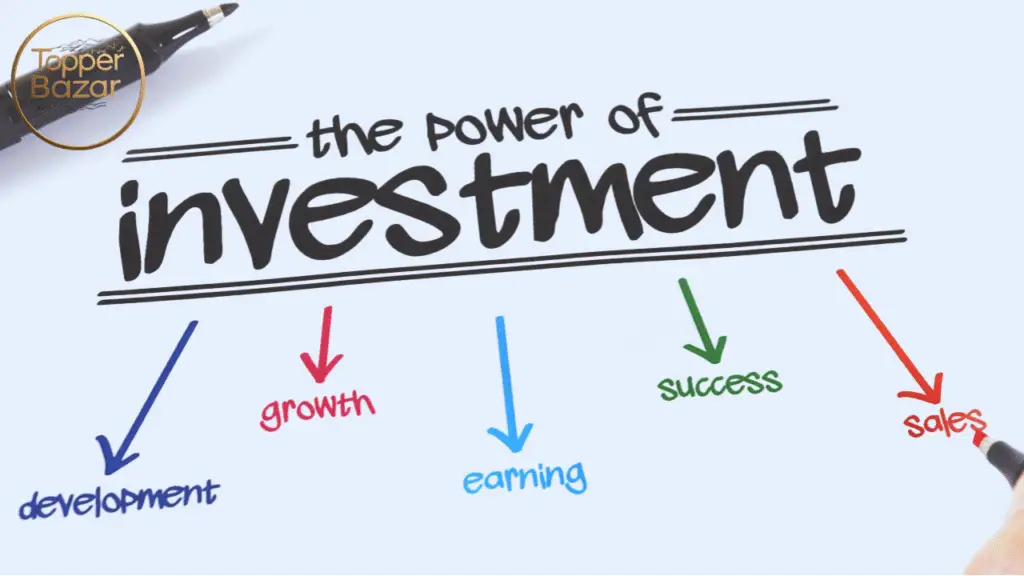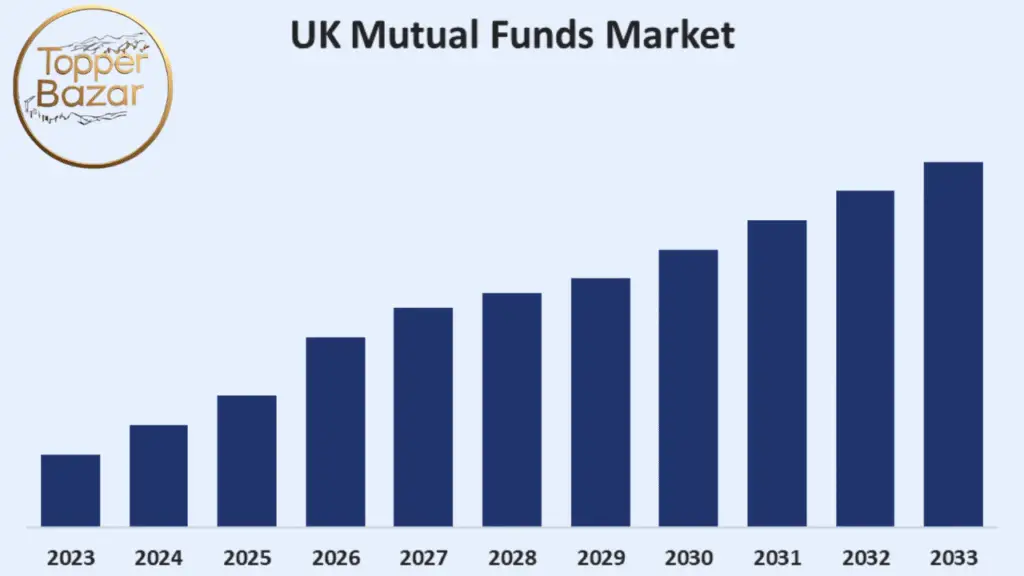The Top 10 Investments to Make Money offer diverse ways to grow your wealth, aligning with your personal finance goals and risk tolerance. Investing wisely can turn small sums into significant gains, whether you’re saving for retirement, a home, or financial freedom. With options ranging from safe, steady choices to higher-risk opportunities, there’s something for every investor. This article explores ten investment vehicles to help you make money, based on current trends and insights, ensuring you can build a strong financial future.

1. High-Yield Savings Accounts
High-yield savings accounts offer a safe, low-risk way to earn interest on your cash. Online banks like Ally or Marcus provide 3–5% annual returns, far above traditional savings accounts (0.01–0.5%). They’re FDIC-insured up to $250,000, ensuring safety, and allow easy access for emergencies. Best for short-term goals or emergency funds, they’re a great starting point. For example, $10,000 at 4% yields $400 annually.
2. Certificates of Deposit (CDs)
CDs lock your money for a set period (e.g., 6 months to 5 years) at fixed rates, often 3–4.5%. They’re FDIC-insured and ideal for predictable returns. A CD ladder—spreading funds across multiple terms—reduces reinvestment risk. For instance, $10,000 in a 1-year CD at 4.5% earns $450. Choose no-penalty CDs for flexibility if rates rise.
3. S&P 500 Index Funds
S&P 500 index funds, like Vanguard’s VOO, track the top 500 U.S. companies, offering diversification and average returns of 10% annually since 1950. They’re less volatile than individual stocks, making them suitable for long-term investors. A $1,000 investment in 1950 would be worth over $266,000 today. Buy through brokerages like Fidelity for low fees.
4. Dividend Stocks
Dividend stocks pay regular income, typically 1–6% annually, and are less volatile than growth stocks. Companies like those in the Dividend Aristocrats list increase payouts over time, boosting future income. For example, $10,000 in a stock with a 3% yield generates $300 yearly, which can be reinvested for growth. Use brokerages like Charles Schwab to invest.
5. Real Estate Investment Trusts (REITs)
REITs let you invest in real estate without owning property. They trade like stocks and pay high dividends (3–10%) by distributing 90% of taxable income. For example, $10,000 in a REIT with a 4% yield earns $400 annually. They’re ideal for passive income but can be volatile. Buy through platforms like moomoo.
6. Treasury Bonds
Treasury bonds, backed by the U.S. government, are low-risk and pay fixed interest (2–5% annually). Treasury Inflation-Protected Securities (TIPS) adjust for inflation, ensuring real returns. They’re perfect for conservative investors or portfolio diversification. For example, $10,000 in TIPS at 2% yields $200 yearly, plus inflation adjustments. Purchase via TreasuryDirect or brokers.
7. Mutual Funds
Mutual funds pool money to invest in stocks, bonds, or other assets, offering instant diversification. Actively managed funds aim to beat the market, while passive ones (like index funds) track indices with lower fees. A $10,000 investment in a fund returning 8% annually grows to $21,589 in 10 years. Buy through Vanguard or Fidelity for variety.
8. Exchange-Traded Funds (ETFs)
ETFs, like mutual funds, track indices or sectors but trade like stocks, with prices fluctuating daily. They offer diversification and low fees. For example, a $10,000 investment in an ETF tracking the S&P 500 at 10% annual return grows to $25,937 in 10 years. ETFs suit beginners and are available via Betterment or Wealthfront.
9. 401(k) with Employer Match
A 401(k) with an employer match is a risk-free way to boost returns. If your employer matches 50% of contributions up to 6% of your $50,000 salary, contributing $3,000 earns an extra $1,500. Invest in low-cost funds within the 401(k) for long-term growth. Maximize contributions ($23,000 in 2025, or $30,500 if 50+) for tax benefits.
10. Peer-to-Peer Lending
Peer-to-peer lending platforms like Prosper connect investors with borrowers, offering 5–10% returns. You lend money and earn interest, but default risk exists. Diversify across many loans to reduce risk. For example, $10,000 lent at 7% yields $700 annually. Best for risk-tolerant investors with extra capital.
How to Choose the Right Investment

- Risk Tolerance: Low-risk options like high-yield savings or Treasuries suit conservative investors; stocks or REITs are for those comfortable with volatility.
- Time Horizon: Short-term goals (1–5 years) favor CDs or savings accounts; long-term goals (10+ years) suit index funds or 401(k)s.
- Budget: Start small—many options (ETFs, mutual funds) allow investments as low as $10. Fractional shares via brokers like Fidelity make stocks accessible.
Tips for Success
- Start Early: Compound interest grows wealth over time. $200 monthly at 6% for 10 years becomes $32,000, with $8,000 from interest.
- Research: Use platforms like Morningstar to analyze funds or stocks. Avoid scams promising guaranteed high returns.
- Automate: Set up automatic contributions to 401(k)s or brokerage accounts to stay consistent.
- Reinvest Earnings: Reinvesting dividends or interest accelerates growth via compounding.
- Monitor and Adjust: Review your portfolio yearly to ensure it aligns with goals and market conditions.
Risks to Consider
- Market Volatility: Stocks, ETFs, and REITs can lose value. Limit individual stocks to 10% of your portfolio.
- Inflation: Low-yield investments like savings accounts may not outpace inflation, reducing purchasing power.
- Liquidity: CDs and bonds may lock funds, limiting access. Choose liquid options like ETFs for flexibility.
- Fees: High fees in mutual funds or robo-advisors can erode returns. Opt for low-cost options like Vanguard.
Personal Finance and Investing Benefits

These investments support personal finance by growing wealth and providing income. For example, saving $100 monthly from a reduced grocery bill (using a grocery bill calculator) and investing in an S&P 500 fund at 10% return could grow to $18,000 in 10 years. This supports goals like retirement or debt repayment, reinforcing financial discipline.
Conclusion
The Top 10 Investments to Make Money offer options for every investor, from safe high-yield savings accounts to growth-focused index funds. By matching investments to your risk tolerance and goals, you can build wealth steadily. Start small, diversify, and use tools like robo-advisors or calculators to stay on track. With discipline, these investments can transform your financial future, whether you’re saving $1,000 or $100,000.




